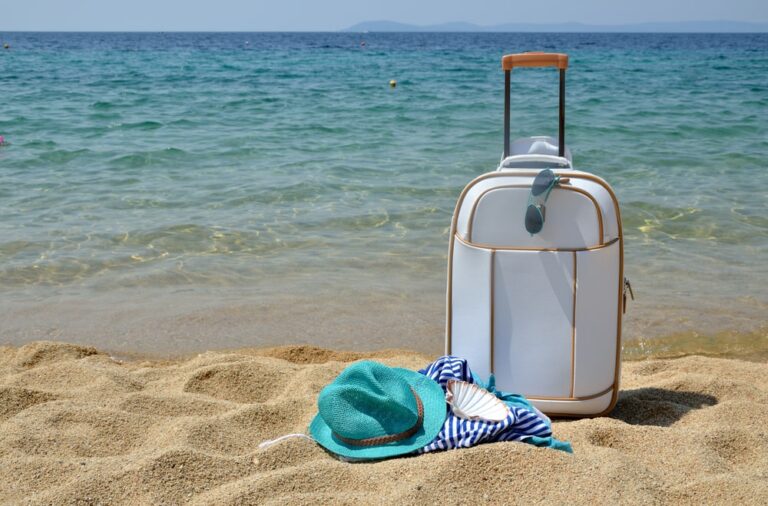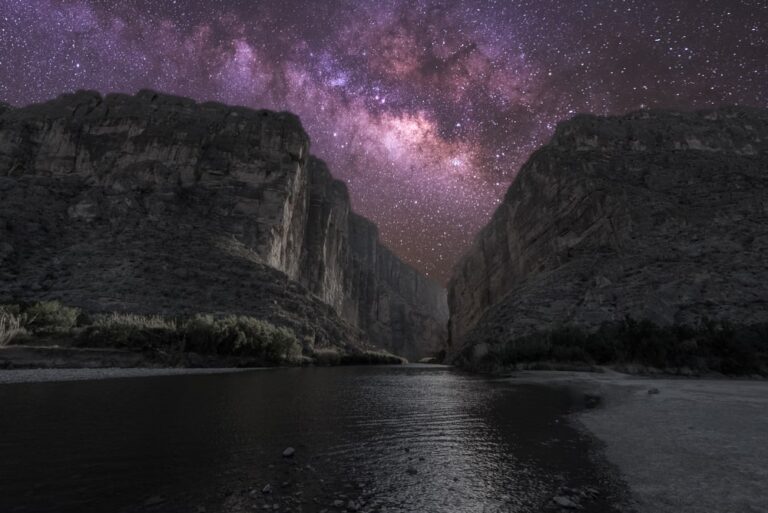
22
Mar
Florida’s Top 8 Best Weekend Trip Destinations
Do you want to soak up the sun? See what are Florida's best weekend trip destinations Long travels aren't for
by
M.G.
0 Comments

21
Mar
Astro Tourism Adventures: 7 Best US Places to Enjoy the Night Sky
Pack your bags!... Must See Places is taking you on an astro tourism adventure! Today, we're going on an exciting
by
R. C.
0 Comments

18
Mar
10 Western US National Parks You MUST Visit for Your Road Trip Delight
Planning your next trip? Stop by one of these Western US national parks! Join Must See Places as we embark
by
R. C.
0 Comments

13
Mar
8 Best US Sports Cities You’ll Love Exploring
Check out the best US sports cities to visit this year! Welcome to an exhilarating journey through the pulsating veins
by
R. C.
0 Comments

07
Mar
6 San Diego Hidden Gems Waiting to Be Discovered
You may have visited California...But did you know about these San Diego hidden gems? Welcome to merry San Diego, where
by
R. C.
0 Comments

05
Mar
8 Magnificent Pacific Northwest Gems to Explore This Summer
Check out these Pacific Northwest gems before you start making your summer plans! This year, enter a majestic land of
by
R. C.
0 Comments








